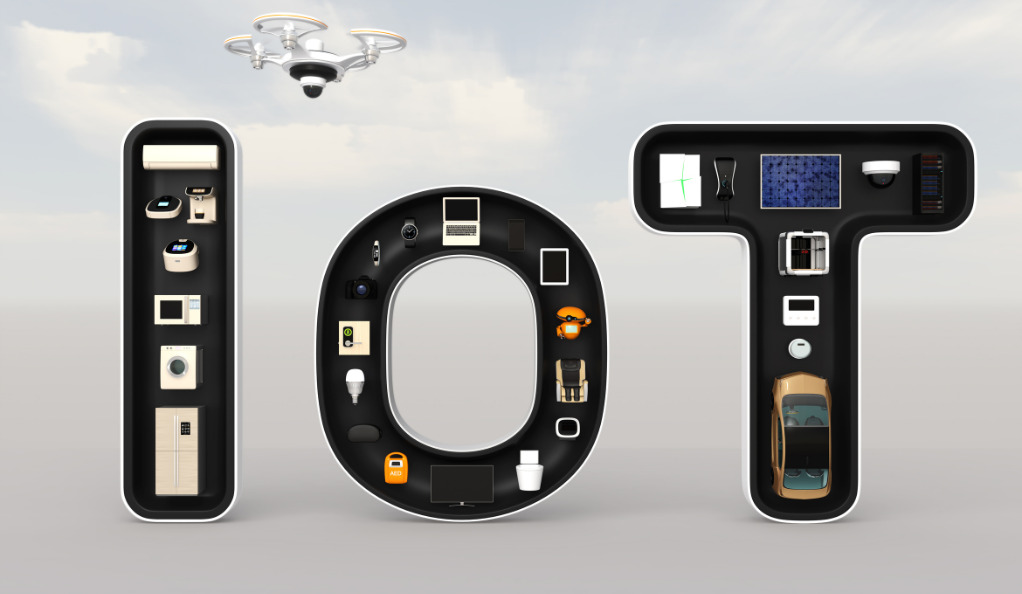The Significance of Vulnerability Disclosure in the IoT Landscape
The Internet of Things (IoT) has revolutionized the way we interact with devices, from smart thermostats in our homes to connected vehicles on our roads. As these devices become more integrated into our daily lives, the security of these devices becomes paramount. A key aspect of this security is the ability for researchers and users to report vulnerabilities they discover, ensuring that manufacturers can address them promptly. This is where Vulnerability Disclosure Programs (VDPs) come into play.
VDPs are structured processes that provide guidelines for individuals to report security vulnerabilities they find in a company’s products or services. These programs are essential for fostering trust between consumers and manufacturers. They ensure that when a vulnerability is discovered, there’s a clear and safe pathway for that information to reach the manufacturer without legal repercussions for the discoverer.
The Stark Reality: A Glance at the Recent Findings
A recent report has shed light on a concerning trend in the IoT sector. Despite the critical importance of VDPs, a significant number of consumer IoT vendors are lagging in their adoption. The findings are alarming:
| Aspect | Statistic |
|---|---|
| Companies with VDPs in place | 21.6% |
| Progress from the previous year | +2.7% (from 18.9%) |
| Companies without clear security mechanisms | Nearly 80% |
Implications of the Lack of VDPs
The absence of VDPs doesn’t just represent a missed opportunity for proactive security. It signifies a gaping hole in the basic security hygiene of a vast majority of IoT vendors. Without a clear mechanism to report vulnerabilities, potential security flaws may go unnoticed and unaddressed, leaving devices vulnerable to attacks. This not only jeopardizes the security of individual devices but also poses risks to the larger networks they’re connected to.
The Alarming Numbers: A Deep Dive into the Report’s Findings
Understanding the Gravity of the Situation
The world of IoT is vast, encompassing everything from smart refrigerators to advanced medical devices. With such a broad spectrum of devices, ensuring each one’s security is a monumental task. The recent report’s findings, highlighting the lack of VDPs among consumer IoT vendors, are not just numbers on a page; they represent potential security threats in homes, businesses, and critical infrastructures worldwide.
Breaking Down the Numbers
To truly grasp the magnitude of the issue, it’s essential to delve deeper into the statistics:
- 21.6% of Companies with VDPs: This means that out of every 100 IoT vendors, only about 22 have a structured program in place for reporting vulnerabilities. This is a startlingly low number, especially considering the rapid growth and adoption of IoT devices globally.
- Incremental Progress: The slight increase from 18.9% to 21.6% over a year indicates that while there is some awareness and action, the pace is glacial. At this rate, it would take years, if not decades, for the majority of vendors to adopt VDPs.
- The Silent Majority: The fact that nearly 80% of companies lack a basic security hygiene mechanism is a red flag. It suggests that these companies might be unaware of the vulnerabilities in their products, leaving them (and their users) exposed to potential cyber-attacks.
Comparing with Other Sectors
When juxtaposed with other tech sectors, the IoT industry’s VDP adoption rate is notably low. For instance, in the software industry, many leading companies not only have VDPs but also offer bug bounty programs, providing financial incentives for vulnerability discovery. Such proactive approaches are less common in the IoT sector, further emphasizing the need for urgent action.
The Global Implications: Regulatory Concerns and Violations
A World Watching Closely
The lack of VDPs among IoT vendors doesn’t go unnoticed on the global stage. Many countries have established or are in the process of setting up IoT regulations and codes of practice. These regulations often mandate the need for clear vulnerability disclosure mechanisms, making many product vendors potentially non-compliant.
Countries like the EU, UK, US, France, Singapore, India, and Australia are at the forefront of these regulatory efforts. Their aim is not just to ensure the security of IoT devices within their borders but to set a standard that can be emulated worldwide.
Potential Repercussions for Non-compliance
Vendors that fail to adhere to these regulations might face significant consequences, ranging from financial penalties to bans on selling their products in certain markets. Beyond the legal implications, non-compliance can also harm a company’s reputation, leading to decreased consumer trust and potential loss of market share.
Tech Giants vs. Smaller Vendors: A Comparative Analysis

The Big Players: Setting the Bar High
Tech giants, with their vast resources and global reach, often set the standards in many industries, and the IoT sector is no exception. Companies like Google, Microsoft, Siemens, LG, and Xiaomi have been more proactive in their approach to VDPs:
- Leading by Example: These tech behemoths often have well-established VDPs, providing clear guidelines for researchers to report vulnerabilities. Their programs are comprehensive, transparent, and often accompanied by bug bounty initiatives, further incentivizing the discovery of potential security flaws.
- Feedback Loop: A notable feature among these giants is the feedback mechanism. A significant 6.7% of these vendors provide status updates and resolution timelines to researchers who report vulnerabilities, ensuring a two-way communication channel that fosters trust and collaboration.
Smaller Vendors: Challenges and Hurdles
While it’s easy to point fingers at smaller vendors for their lack of VDPs, it’s essential to understand the challenges they face:
- Resource Constraints: Unlike tech giants, smaller vendors might not have the financial or technical resources to establish and manage a comprehensive VDP.
- Awareness Gap: Some smaller vendors might be unaware of the importance of VDPs or the potential risks their products might pose without one.
- Market Pressures: In a bid to get products to market quickly, security considerations, including the establishment of VDPs, might take a backseat.
The Way Forward: The Need for Regulatory Intervention
The Role of Regulation in Bridging the Gap
Given the slow adoption of VDPs among IoT vendors, especially smaller ones, regulatory bodies have a crucial role to play:
- Setting Clear Standards: Regulatory bodies can provide clear guidelines on what constitutes an effective VDP, ensuring that even smaller vendors without extensive resources can implement one.
- Incentivizing Adoption: Beyond just setting standards, regulatory bodies can offer incentives, such as tax breaks or certification badges, to companies that adopt and maintain effective VDPs.
- Penalizing Non-compliance: To ensure that regulations have teeth, non-compliant companies should face penalties. This could range from fines to more severe measures like product recalls or sales bans.
A Collective Effort
While regulations are essential, the onus shouldn’t be on regulatory bodies alone. The entire IoT ecosystem, from manufacturers to consumers, needs to recognize the importance of security. Vendors need to prioritize security, not as an afterthought but as a core component of product development. Consumers, on the other hand, can vote with their wallets, choosing to support companies that take security seriously.
Conclusion: The Future of IoT Security
The rapid expansion of the Internet of Things promises a future of unparalleled connectivity and convenience. However, with this potential comes the responsibility of security. Vendors play a pivotal role in proactively addressing vulnerabilities, but consumers too have a part in demanding and prioritizing safety. As the IoT landscape evolves, a collective effort is essential to ensure not just innovation, but also protection. The promise of IoT is vast, but its secure implementation is paramount for a brighter, safer digital future.







